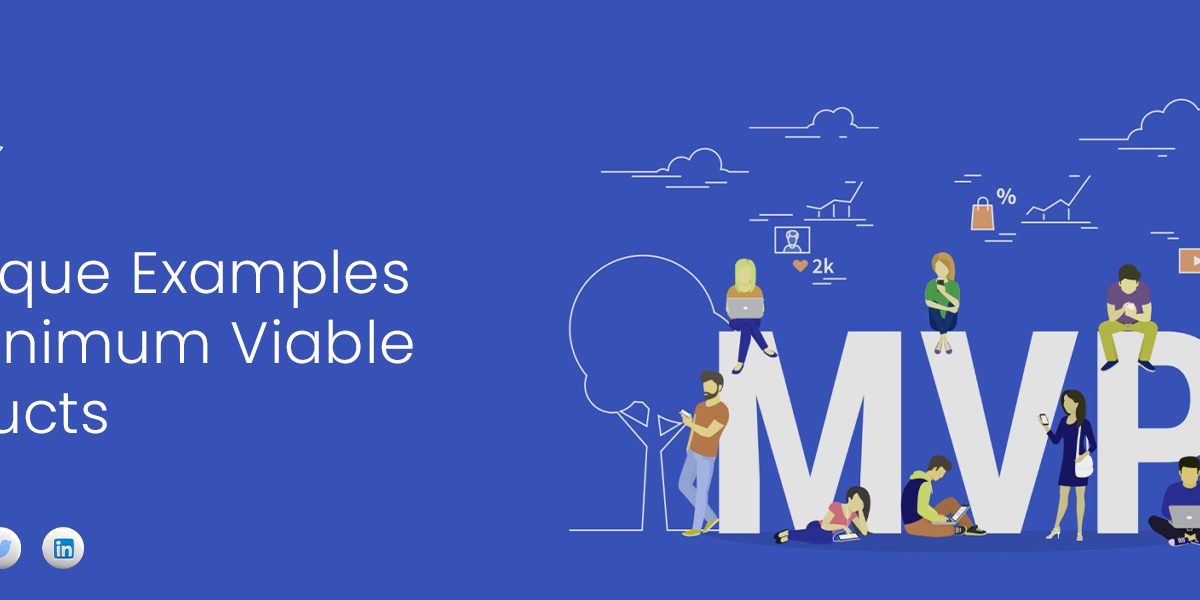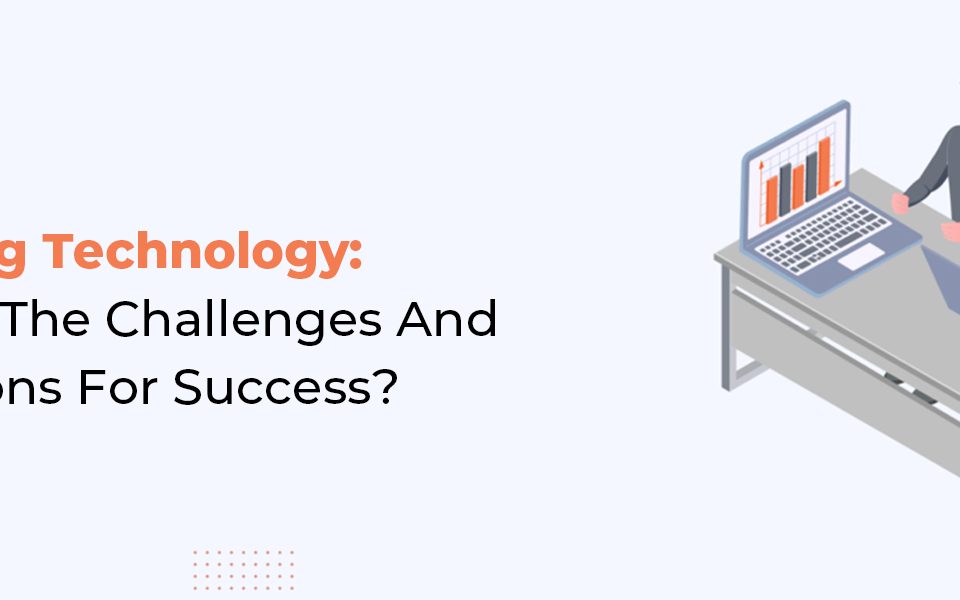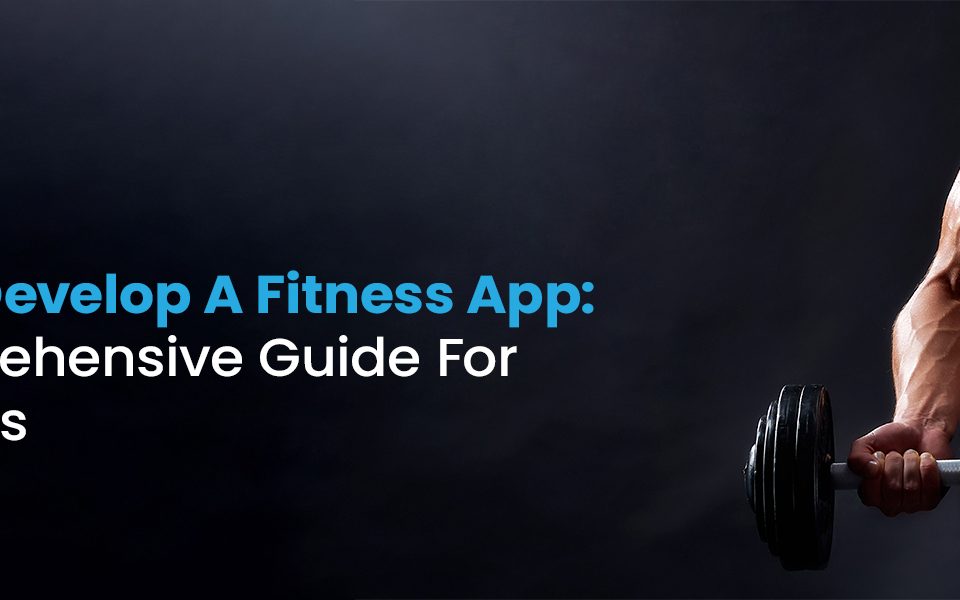
The main reason why startups fail is due to the design of their first product based on imagination. Entrepreneurs go down into the trap of assuming their product will deal with the issue in a better way than any current solution on the market. They also imagine that people are concerned enough regarding the issue to pay for the solution. When these predictions are wrong, the startup never takes off the argument. For such reasons, it makes sense to design minimum viable products (MVPs). It helps companies to examine their ideas to view how users react.
Before moving ahead to look at examples of minimum viable products, it’s essential to be clear about what we understand by the term.
The Explanation Of A Minimum Viable Product
A minimum viable product example is the initial way of the product that you can bring to the users. It offers main functionality with no further features. Entrepreneurs prefer MVPs to investigate how customers assume about the idea. If your idea possesses importance, they use customer feedback to establish the other version of the product.
When you utilize an MVP, you will have only contributed minimal attempts and resources to make your product no matter what occurs. You will prevent establishing a full product that has no demand for customers and removes the risk of including undesirable features that you require to eliminate or adapt in the future time.
The Minimum Viable Product Examples And Lean Startup Philosophy
The minimum viable product examples are depending on the lean startup methodology, which implements both businesses and products as an entire. The objective of the lean startup is to decrease the length of time spent on product development cycles and to determine if the business model is viable early on.
Minimum Viable Product Examples Minimum Marketable Product
It’s essential to note that the minimum viable product examples are not similar to the minimum marketplace product. An MVP is the vehicle to get knowledge. It enables an entrepreneur to investigate the first product by investigating data. A minimum marketplace product, therefore, is the full product that is prepared to sell. But it enables the business to view decent sales still.
Minimum Viable Product Examples Proof Of Concept
Minimum viable product examples are dissimilar to proof of concept. Proof of concept investigates an idea you need to see if it’s achievable. No customers are involved in the process, you just need to make a little project to investigate the technical ability and feasibility of your business idea. You may adore using proof of concept before moving on to establishing an MVP.
Kinds Of Minimum Viable Products

It’s helpful to recognize what potential you have for making an MVP. There are six foremost ways to utilize the idea.
1. Software Prototypes
A prototype of a part of the software is one of the most complicated but most usual kinds of MVPs. It needs to establish software with the main components.
Minimum viable product examples Agile Software
Nearly all MVP software utilizes agile development. This elastic process includes exploration and development via collaboration, followed by consistent improvement. The scrum framework is greatly known for agile development.
2. Product Designs
There are some different ways to utilize product design as an MVP, all of which are preferably careful about software, smartphones and other technical tools. The easiest is the sketch which you can work on by using your hand or tool. More complicated is the wireframe, which will present things such as hierarchy, user experience and navigation. Consecutively, you have a mockup, which can influence exactly how your product will function.
3. Demo Videos
From a demo video, you describe what your product will do. Presenting the video to the possible users enables you to see if it is the type of solution the market is in search of.
4. Landing Pages
By using a landing page, you can announce your latest product to instantly gauge public interest. By requesting users to submit their email addresses for updates, you will determine how many people are willing and gain leads who you can promote too.
5. Piecemeal
To make a piecemeal MVP, businessmen bring together mechanisms from tools that already survive to demonstrate how the product will work.
6. Concierge
From first to last a concierge MVP, you determine people who would be interested to try out the subscription service that sends them a customized variety of products. You begin with manually selecting products for every individual. If the concept proves efficient, you establish an app that investigates user responses and selects what product to send to every person.
7. Wizard Of Oz
Also known as manual first and flint stoning minimum viable product, the wizard of Oz model includes acting as if your product is there already, when, in fact, it’s still in the development phase. This is perfect for various kinds of service-based startups.
Examples Of Minimum Viable Products
The most victorious minimum viable products do not mean to stay longer. You may have heard of most of these examples undoubtedly, even though you may not have known that they were MVPs.
1. Dropbox
Opening out as a demo video MVP, Dropbox described the advantages of storing data in a single place. The feedback from the users facilitated the then startup receiving the money is required to establish its offering range.
2. Amazon
Many people are aware that Amazon started as an online bookstore, but you may not know how Jeff Bezos started. He began by buying books from distributors and shipping them to customers when he receives an order every time. The high book sales are considered a logic to keep inserting more products to the store, then get warehouses and as a result, offer every user with a customized experience on the online store.
3. Foursquare
When users began using Foursquare, it had just one feature. People would check-in at different locations, which allowed them to win badges. The gamification made people excited about using the service. Only once Foursquare had a solid user base did it expand to become a full city guide.
4. Adwords Express
When AdWords Express came out, it appeared like it was mechanizing ad copy. In reality, there was a team of students instantly typing ads and providing them to customers. After it became obvious that this was the service people wanted, Adwords express established the real automated process.
5. Groupon
Nowadays, Groupon is a big platform, functioning in countries all over the world. Therefore, it began as a piecemeal MVP, marketing the service of domestic businesses and providing deals that lasted for a restricted amount of time. As the originator was unable to establish their content management system (CMS) at first, they considered a WordPress blog. they did wait till they were efficient before scaling the venture.
6. Zappos
The most popular example of the wizard of Oz MVP is Zappos. To investigate his business concept, founder Nick Swinmurn got photos of shoes he got at stores to see if anyone would be interested to buy the pair without trying them on first. It transformed into a model, consumers liked the most.
7. Airbnb
opening with the originator’s own apartment, Airbnb provided the choice to list a room for short-term rental to get the additional income. It is now clear that travellers were interested to stay in someone else’s house to save more money on accommodation and the store few from there.
8. Facebook
ahead of its discharge, Facebook was just the fundamental media tool to link with friends. Profiles were at the bottom as could be and members were all students of Harvard University. The concept proved famous enough to be worth penetrating and the platform gradually inserted more complicated features.
9. Food On The Table
An instance of a gatekeeper MVP is Food on the Table, which sends deals and recipes from the grocery store to facilitate them save money while creating meals they will love. When the organization was still an MVP, founder Manuel Rosso selected recipes, made shopping lists and found coupons manually. Once user feedback presented that the model was viable, he set up a mechanized process.
10. Buffer
Before Buffer really had its app for making schedules for social media posting, the startup launched a range of landing pages. The initial landing page just asked people to add their email if they were willing to plan and price the product. As many people selected one of the paid plans, it was obvious that the buffer was a possibility.
11. Angellist
Most platforms need the big network to take off, but they can begin little by introducing themselves first as an MVP. AngelList is a great example. It initiated out using just the own contact of the team, and the first links all took place through email. This presented that the model worked and AngelList was able to increase into the much huge platform it is at this moment.
If the kind of offering you want to move is best as a minimum viable product. It’s worthwhile moving this route. If your concept transforms into less efficient users than you hoped, you can pivot before wasting a huge amount of resources. Additionally, if the data is viable, you can use the MVP model as it will enable you to take the user options into account in the starting design phases.
Do not be stupid into thinking that establishing minimum viable product examples is simple; it needs a huge amount of work. to get support during this period, get connected with virtual assistants for businessmen. Your virtual assistant will facilitate you with activities such as email managing, newsletter, marketing, website updates and many more.
Read more: 4 Ways To Bring Out Fantasy When It Comes To Your Finances



